Summer Undergraduate Research Experience
S.U.R.E. Projects for 2022
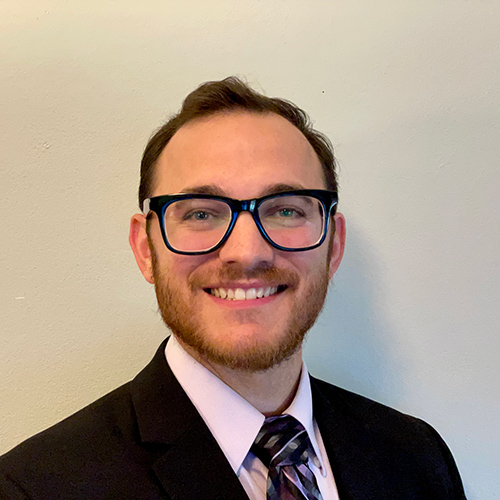
The research objective
Advance the state-of-the-art for wearable electronics textiles technology using a novel liquid metal ink material in conjunction with standard fabrics like spandex and nylon. The liquid metal ink was recently developed by a local research company in conjunction with the Air Force Research Laboratory to satisfy the need for a strain tolerant and highly stretchable conductive material. The liquid metal is a eutectic blend of gallium and indium (EGaIn), creating an alloy that remains liquid at room temperature and provides a functional, non-toxic alternative to mercury. Initial characterization of the material shows extremely promising performance results, including tolerance to strains of 800% original length while maintaining high conductivity, opening the opportunity for highly stretchable electronic textiles. The main objective of this proposed research is to develop a screen-printing processing and fabrication method for this material and test the performance of basic wearable circuit designs. Target metrics of interest include feasibility testing for power delivery, wireless communication, data transmission fidelity.
The Student Will
Learn advanced electronics fabrication skills, develop and practice electrical characterization skills, experience writing for conference papers and experience presenting research work to a symposium.
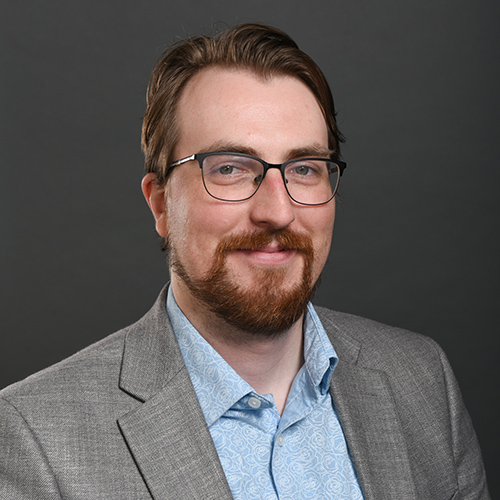
The research objective
Accurately modeling flow and heat transfer of solid particles in next-generation CSP systems is challenging compared to conventional systems that use liquid heat transfer fluids. The University of Dayton will perform a variety of particle flow and heat transfer experiments to develop and validate a broadly applicable computational model that can be used by researchers working on particle-based systems. DCS Computing will integrate the validated framework into a modeling toolkit. If successful, a broad range of researchers and technology developers could use the modeling tools to study their system without further fundamental property measurements.
Experimental work using high-speed imaging, concentrated radiative thermal inputs and bulk granular flows will be the focus of the student's summer work. Undergraduate researchers will be paired with current graduate students in the Dayton Thermal Applications Laboratory to pursue this research. Students will have the opportunity to actively contribute towards a Department of Energy project.
The Student Will
Actively contribute towards a funded Department of Energy project alongside graduate students. Students will be mentored not only by myself but also by the graduate students that they are helping. With three experimental investigations available for investigation, students will be able to pick the high-temperature particle system most of interest to them.
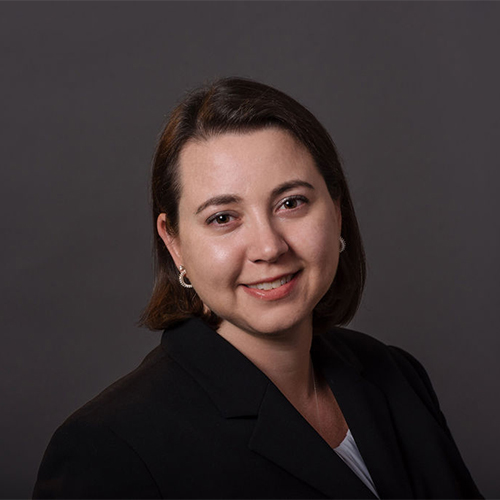
The research objective
Finding a good solution to many problems can be a challenging process. One approach to decision making is to represent a problem as a set of mathematical expressions, known as mathematical programming, which we use to find the optimal solution, i.e., the best solution out of all feasible solutions. Though many techniques exist to find optimal solutions, some types of problems have so many possible solutions that finding the optimal is not realistically possible. One such problem, known as the traveling salesman problem, seeks to find the best order of cities to visit out of a defined list of must visit cities so that the total travel distance is minimized. As the number of cities on our list grows, so does the total number of possible ways all cities can be visited. For example, a list of 10 must visit cities has a total of 3,628,800 possible solutions. One way to find good solutions for these types of problems is to use metaheuristics, or high-level (yet simplistic) procedures that smartly select a subset of possible solutions and identify the best solution of the subset. The goal of this project is to code a metaheuristic in a language such as R or Python that will find a good solution to the traveling salesman problem or a similar problem in a reasonable amount of time.
The Student Will
Gain a greater understanding of common operations research problems and their solution procedures. The student will also acquire or improve their coding skills in their language of choice. A successful code that can find good solutions may be used in future published research.
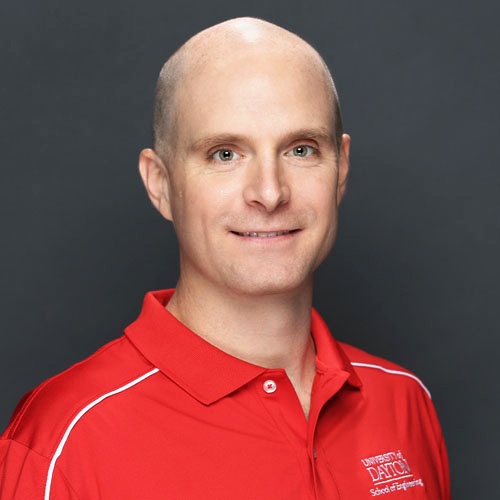
The research objective
ETHOS Center projects that are identified in the spring and co-created with the partner, faculty and student in mind.
The Student Will
Engage in research imparting global perspectives on engineering challenges.
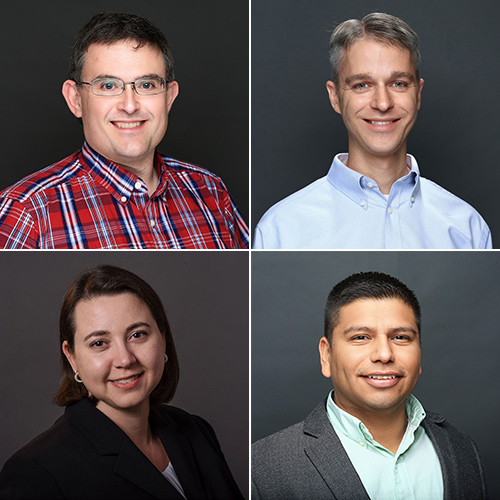
The research objective
In anticipation of receiving an NSF grant related to developing engineering education research and evaluation, this is a combination of instructional development and the development of the social science skills to conduct meaningful evaluation of the impacts of various teaching methods or interventions. The research topics here would revolve around the investigation and ultimately the development of different assessment methodologies. Work done would be led by a team of UD engineering faculty that are listed on the pending NSF grant application.
The Student Will
This is very exciting. The faculty involved are just starting the journey with engineering education evaluation. The student will be helping to teach the faculty and learning about social science evaluation methods.
The research objective
This study intends to apply systems engineering and human factors principles for improving healthcare outcomes at lower costs. This summer research aims to help our community by lowering medical errors and cross contaminations in hospitals. Currently, medical errors are among the leading causes of death in the United States.
Research studies on medical outcomes have confirmed that high workload and stresses decrease the efficiency of healthcare workers and increase the chance of medical errors.
Measuring medical staff cognitive workload is challenging in the absence of validated method. This summer, with the help of the SURE program, we will validate our model by using real world data. This helps us with identifying high demand activities and redesigning those activities.
Involved students in this project can apply their engineering knowledge to healthcare. This research experience can significantly boost students' chance of employment in healthcare related industries.
The Student Will
Engineering in healthcare is an expansive field because it improves efficiency of the system. There is a high demand in the healthcare field for engineers with healthcare related experiences. So, this research can help the student to build a strong resume. Additionally the student can learn how to use qualitative research form making improvements in the service sector.
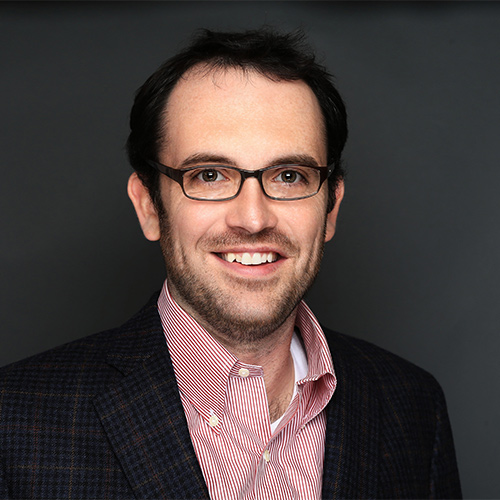
The research objective
Our group uses computational modeling to investigate the behavior of materials and interfaces at the molecular level. Problems such as these extend to many applications including ion exchange membranes and drug delivery. Molecular simulation allows us to access information that may not be possible in experiments and our goal is to use this to enable more efficient design of nanomaterials for specific applications.
The Student Will
Learn how to read/ write academic papers, learn how to formulate a research plan for a complex problem, gain exposure to the field of computational modeling and its limits/ applications, gain experience in Python and various open source software packages for molecular simulation. Hands on use of high-performance computing resources.
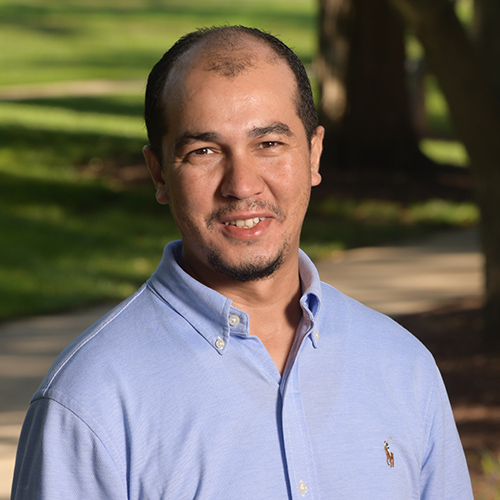
The research objective
Solar radiation provides an enormous energy on Earth, more than ten thousand times the total energy consumption of the entire world in a year. Potentially, the solar cell will be a most promising and dominating technology considering how in demand it is becoming. Although solar radiation is becoming so popular, there are many issues that need to be considered when solar cells are used to convert sunlight into electricity; especially the cost and efficiency. To battle this issue, band gap engineering of solar cell nanomaterial needs to be considered. The Dye sensitized solar cell (DSSC) is based on a semiconductor formed between a photo-sensitized anode and an electrolyte, and it actually belongs to the thin film solar cells group. However, the DSSC needs tremendous improvements to be competitive with other solar cell that are available in the market. In this research, we will be investigating experimentally and theoretically the effects of several nanomaterials parameters such as porosity and tortuosity of the TiO2 and how it effects the efficiency.
The Student Will
The student will have the opportunity to learn how to develop a numerical model that link the nanomaterials parameters to the efficiency by solving those governing equations of mass and heat and also validate the results experimentally. The student will also learn how to use scanning electron microscope and transmission electron microscope throughout the summer, and also be able to interrupt the data and picture collected from the experiments. Our findings will be published in a peer journal.
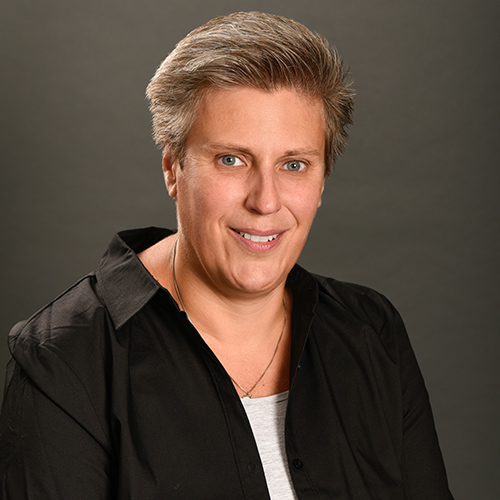
The research objective
Turbulence is a common source of distortion for optical signals propagating through the atmosphere. It is caused by random fluctuations in the index of refraction, which are due to temperature and humidity gradients. In images, atmospheric turbulence causes distortions like blurring and loss of detail, whereas it causes irradiance fluctuations, beam wander, and beam spreading in laser beams used in for example free space optical communication. Optical communication to drones or satellites contains a propagation path which is vertical or at least a slant path. It is known that the strength of atmospheric turbulence changes with height above the ground and therefore the turbulence strength changes over the propagation path of the laser beam. There are several methods that can be used to measure the strength of turbulence. There are two other parameters, the inner and outer scale, which are important as well. These scales refer to the size of the smallest and largest of turbulent pockets of air in the atmosphere. Using also the inner and outer scale, a better characterization of the turbulence can be given. It is possible to measure the inner and outer scale, but not always easy. This research will focus on developing a method to measure turbulence strength, inner and outer scale at the same time for slant propagation paths.
The Student Will
Gain experience in experimental work and solving problems that appear when working in the outdoor environment. Besides this, the students will learn a lot about optics and optical turbulence.
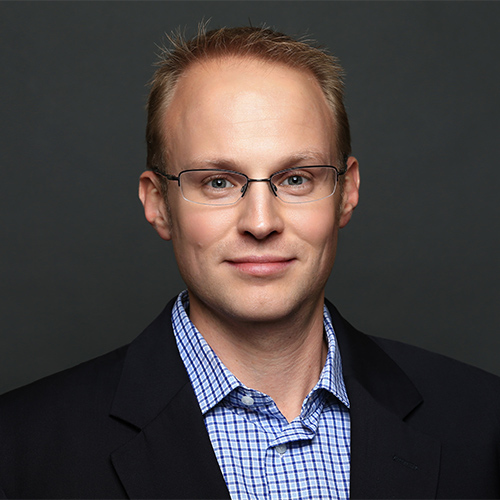
The research objective
Dielectric elastomers are a promising class of soft electro-active materials that have attracted significant attention because of their extreme voltage-induced mechanical deformations, fast response times, high specific energy, and strong electro-mechanical conversion efficiency. These compelling features have been leveraged to enable emerging technologies such as biomimetic robots, bioinspired artificial muscles, soft actuators, and soft active vibration control systems. This project is focused on mechanically characterizing the deformation and fracture of a commercial soft electro-active material (3M VHB 4905/4910, commonly referred to as a dielectric elastomer) using the experimental facilities in the University of Dayton BAMS Lab. This includes an Instron 3365 extended-height universal testing machine; uniaxial tension, uniaxial compression, pure shear, and equi-biaxial tension fixtures; and a three-dimensional digital image correlation system for full-field optical strain measurement. Various hyperelastic constitutive models (e.g., Mooney-Rivlin, Gent, Ogden) will be calibrated to the generated test data to facilitate component-level, finite-element analyses.
The Student Will
Benefit from participating in the proposed research by being exposed to:
1. Soft functional materials, an emerging class of engineering materials, with this exposure spanning the engineering spectrum, from material fabrication to experimental testing to constitutive modeling
2. State-of-the-art laboratory facilities at UD and UDRI, including cutting-edge synthesis and characterization equipment at UDRI and an Instron 3365 load frame with digital image correlation at UD dedicated to testing soft materials over a broad range of deformation modes and strain rates
3. Advanced graduate-level mechanics theory, including large-strain, nonlinear elasticity
Students will also learn valuable research-related soft skills, including how to read and interpret technical literature, how to deliver an effective technical presentation, and how to disseminate research findings through effective technical writing.
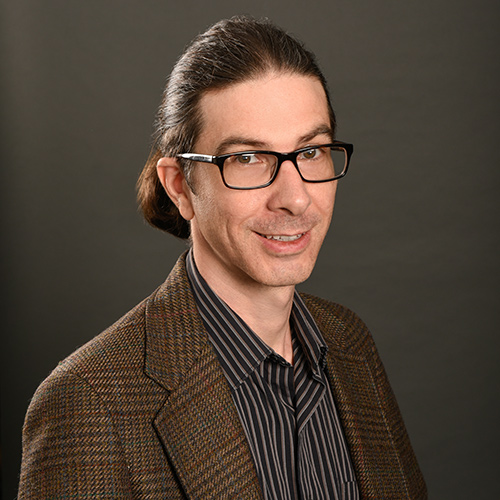
The research objective
Lab-on-chip (LOC) and organ-on-chip (OOC) devices can be powerful tools for evaluating and optimizing chemical and biological processes and modeling physiological phenomena for study. However, design and fabrication of bespoke LOC and OOC devices requires significant expertise and labor and still offers low yield of failure prone devices. Our research aims to eliminate these hurdles via an automated manufacturing platform integrating multiple technologies including fused filament fabrication (FFF), electrospinning and extrude and cure printing. The integration of these techniques is not trivial. Fabrication of water-tight devices via FFF faces challenges associated with filament and inter-layer fusion. Electrospun mats, especially those made of biomaterials, are delicate and temperature sensitive. The goal of this research project is to produce a 3D design of a simple culture device and generate the printing parameters and refine the process and design to produce functional components and systems for LOC and OOC devices. Designs/devices will be evaluated for functions such as maintaining flow-rates and dissolved oxygen levels as well as biocompatibility, ease-of-use, and reliability.
The Student Will
Learn problems solving, process optimization, design and system integration. The student will also get to work with other students on a multifaceted project with a real world application. I hope the student will be able to meaningfully contribute to publishable results and thereby gain co-authorship on a peer-reviewed journal article.
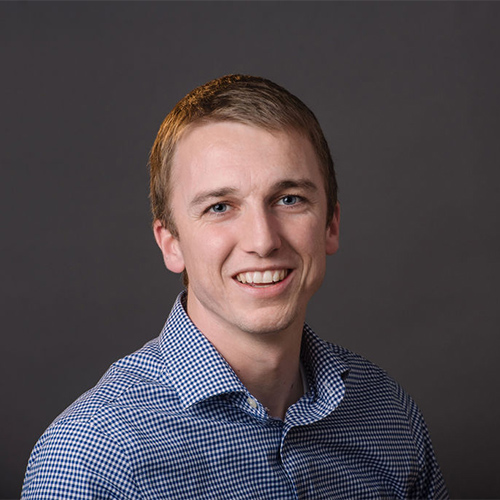
The research objective
An old rule of thumb states that a solar panel should be positioned so that the tilt angle (angle between the panel and the ground) is equal to the latitude of the panel's location. This position, in theory, allows the panel to capture the most energy over the course of one year. However, the latitude angle rule neglects the significant influence of seasonal weather variations and panel efficiency variation with temperature. Panel efficiency decreases as temperatures increase, and cloud patterns vary seasonally, impacting available panel generation. Several published studies have attempted to determine optimal tilt angles for international locations, but no studies have found optimal tilt angles for United States locations.
The SURE student will assist in the development of a numerical model used to predict the energy output from a solar panel. This model will be used to determine the optimal tilt angle for a solar panel for a large number of locations throughout the United States. Additional efforts a SURE student might contribute to include a thorough literature study of tilt angle optimization, modeling wind drag effects in the optimization code, optimization of panel azimuth, and visualization of the optimization results using choropleth maps.
Finally, the student will have the opportunity to interface virtually with Kelly Bohrer and ETHOS students at various sites across the country to implement the optimal tilt angle findings they generate at site-specific solar installations. This data will be used to validate the student's results.
The Student Will
Have an opportunity to explore the use of modeling tools for predicting the performance of energy systems. Likewise, the student will become familiar with renewable energy jargon and systems. Also, the student will experience what it is like to write a research paper (Addison Grigsby, my 2021 SURE student, is heavily involved in writing the paper related to her research right now).
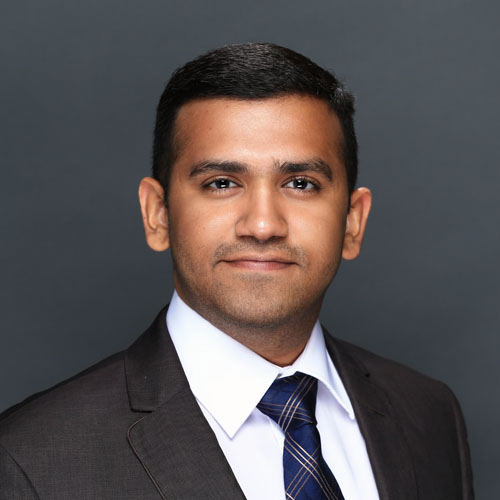
The Research Objective
Extensive performance investigations of propeller-in-Wing (PIW) thrust vectoring system has been conducted at University of Dayton Low-Speed Wind Tunnel. While the previous studies have only focused on the propeller performance in the wing, the proposed study aims at performing experimental investigations on propeller and wing systems as a whole. This will require performing force-based testing on both small-scale and full-scale PIW system in the wind tunnel along with basic qualitative flow diagnostic techniques to understand the flow around such systems. The results from the testing provide greater insight into integrating such systems in modern air taxis and UAVs that require short/vertical takeoff and landing capabilities.
The Student Will
The student will gain valuable hands-on wind tunnel experience that not a lot of undergraduate students get. They will also be a part of a good research community filled with undergrad and grad students that they can learn from. Several scholarly publications will also result from this work which leads to students traveling to international conferences.
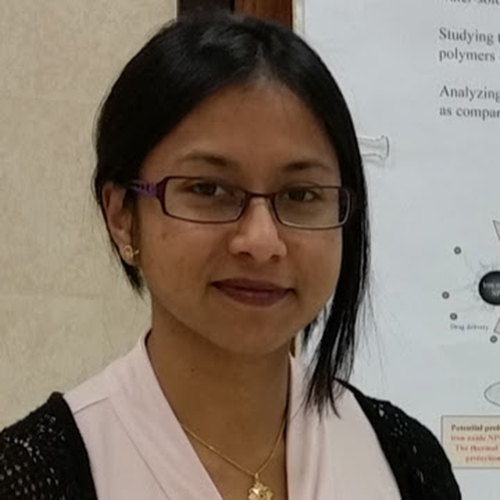
The Research Objective
Nanomaterials have found increasing application in a variety of fields such as medicine, cosmetics, solid-state lighting, and remediation, leading to a high potential of environmental release. Therefore, there is a global need for reliable analytical techniques to detect presence of nanomaterials in the environment. Detection of nanomaterials in aquatic environments such as the rivers is particularly important because these are some of the major outlets for release of treated and untreated wastewater and industrial effluents. Low concentrations of environmental nanomaterials pose a major challenge in characterization. A stand-alone technique for assessment of environmental nanomaterials has not been found, so far. The Great Miami River is one of the major water bodies in downtown Dayton. A fundamental understanding of size distribution, transport and fate of nanomaterials in the Great Miami River will be a key resource for environmental health and sustainability for the city's aquatic system. In this project, we will realize a new and easy-to-use approach for reliable assessment of nanomaterials in the Great Miami River. We will investigate a combination of multi-modal material characterization techniques such as dynamic light scattering, scanning electron microscopy, energy dispersive x-ray spectroscopy, and ultraviolet-visible spectroscopy to detect nanomaterials in the river water samples. The results will help us predict the key sources and fate of nanomaterials in this major waterbody. The inter-disciplinary project addresses one of the emerging areas of aquatic health and climate through a chemical engineering perspective. It lies at the interface of environmental sustainability, material science, chemical engineering, and nanotechnology.
The Student Will
Gain research training in emerging areas of chemical engineering such as environmental nanoscience and cutting-edge analytical equipment as well as professional development in the form of conference presentation.
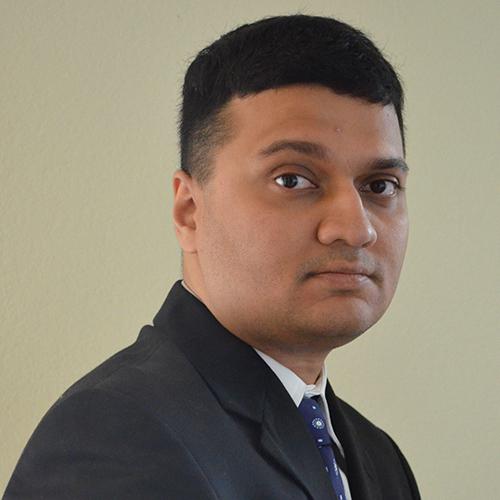
The Research Objective
Silicon chip integrated photonic circuits are gradually making inroads in applications ranging from high performance classical and quantum computing and telecom to chemical and biological sensors. As new generations of photonic devices and circuits are developed, a need exists for an automated photonic integrated circuit (PIC) measurement setup for automated positioning of input and output optical fibers and fiber arrays with respect to input and output grating couplers and edge couplers to silicon photonic devices. In industry, such capability is required on 8-inch and 12-inch silicon wafers, further augmented by electronic testing capability.
Effective optical fiber alignment is achieved in 2 steps, namely a coarse alignment to find first light and a fine alignment to identify the peak power. Typically, first light is achieved using raster scans and spiral scans, while peak powers are determined using search algorithms such as hill climb, centroid search, etc.
In this summer project, the undergraduate student will work in an optics lab and develop search algorithms, preferably using a Python script for communicating with and positioning of the input and output optical stages, to maximize optical coupling between input and output optical fibers. Knowledge in optics or semiconductors is not required. During the course of the project, students will gain exposure to optical fibers and PICs and semiconductors. By the end of the project, the developed code will have the capability for stepping through more than one device and doing a maximum power determination at each location.
The Student Will
Work in an optics lab and develop search algorithms, preferably using a Python script for communicating with and positioning of the input and output optical stages, to maximize optical coupling between input and output optical fibers. Knowledge in optics or semiconductors is not required. During the course of the project, students will gain exposure to optical fibers and PICs and semiconductors. By the end of the project, the developed code will have the capability for stepping through more than one device and doing a maximum power determination at each location. The student will hopefully become interested in semiconductors, integrated photonics and pursue a graduate degree.
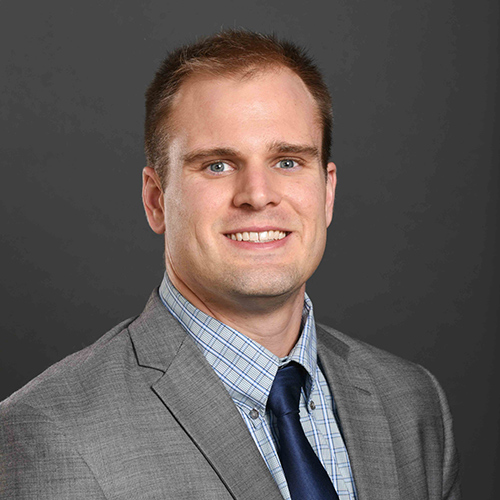
The Research Objective
The proposed research lays needed groundwork for enabling development of a new, compact, low-cost, high-throughput experimental test facility capable of filling a real technological need in the field of hypersonic flight. Hypersonics is both complex and multidisciplinary, presenting a multitude of nearly intractable technical challenges that engage every area of engineering. The small tabletop facility envisioned here currently does not exist in the U.S., and its development will help fill a critical technology void hindering combustion engineering from successful implementation of air-breathing engines in hypersonic flight. One fundamental problem preventing hypersonic air-breathing vehicles from moving beyond the experimental stage to the production stage is stability of the fuel injection and combustion process. Due to the harsh conditions inside the engine, maintaining combustion and thus thrust is akin to keeping a match lit inside a tornado. One of the main drivers behind stable combustion is a controlled fuel-air mixing process prior to combustion. However, before specifying fuel-air mixing strategies one must understand the fundamental mechanisms occurring during the fuel injection process. Studying these phenomena require facilities that either fully or partially replicate conditions seen inside the hypersonic vehicle's engine, namely, the scramjet engine. The goal of this study is to begin development of an experimental approach and a hardware design for, ultimately, the building of a tabletop experimental apparatus that can simulate conditions experienced in both supersonic and hypersonic flight vehicles in order to study the fuel injection process at both reacting and non reacting conditions.
The Student Will
Study fuel injection events at very high pressure; high velocity conditions requires multiple facets of engineering. First, the student will learn skills of engineering design and analysis of experimental facilities needed to perform fundamental research. Second, the student will become familiar with high speed fluid mechanics that are present in these environments. Lastly, the student will develop an intuitive understanding of how the fluid mechanic processes can be used to influence and improve the combustion process to be cleaner, more efficient and more sustainable.
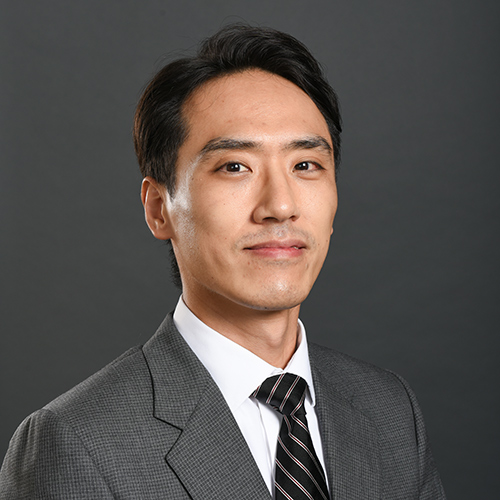
The Research Objective
This undergraduate summer research project is designed to work on the last-mile delivery problems. The selected student will develop a hybrid truck and unmanned air vehicle (UAV) system using mathematical modeling and/or simulation. Last-mile delivery is the final stage of logistics where a parcel dispatched from a warehouse arrives at the final delivery destination. Traditionally, parcel delivery is done by trucks. Solving vehicle routing problems gives an optimal routing of trucks. Combined with UAVs, the hybrid system additional dimensions to last-mile delivery. The optimal routing and scheduling plan to launch and rendezvous must be considered based on the battery consumption of UAV operations. In this research, therefore, the student will build a mathematical or simulation model of a hybrid last-mile delivery system to minimize operating costs and waiting time during truck-UAV operations.
The Student Will
Learn how to build a mathematical model.
